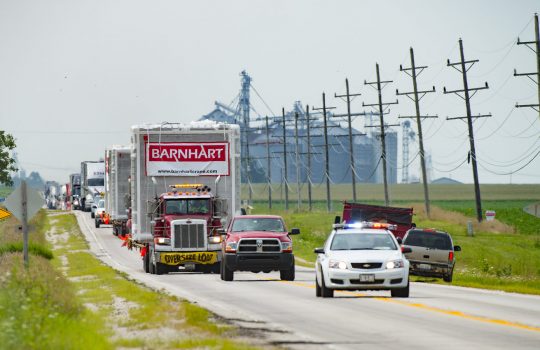Scientists create incredibly rare exotic form of matter
From Forbes, Feb. 17, 2021: Fermilab scientist Don Lincoln contextualizes the accomplishment of researchers working at the Japan Proton Accelerator Research Complex, or J-PARC. They have made an atomic nucleus that contains an unstable particle called the hyperon, or cascade particle. This could help in understanding neutron stars.

